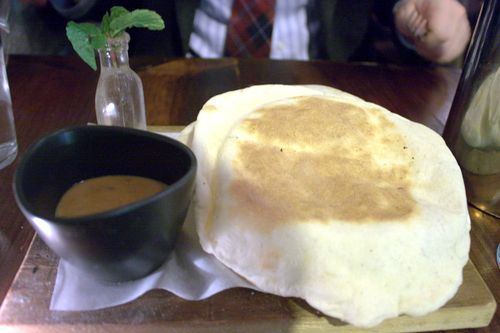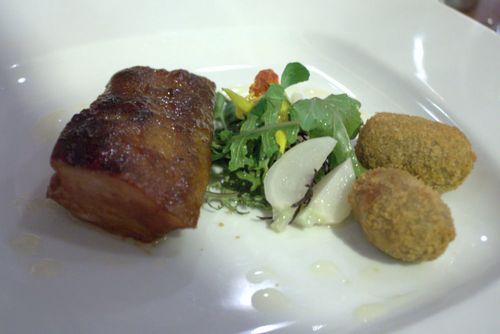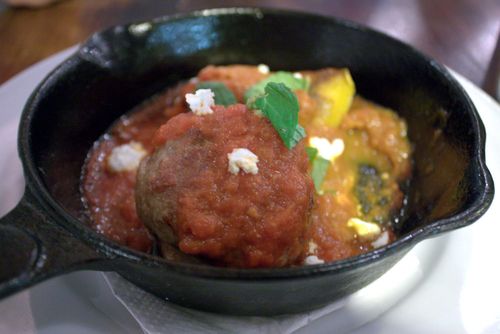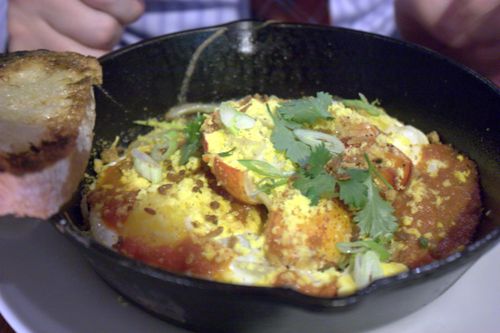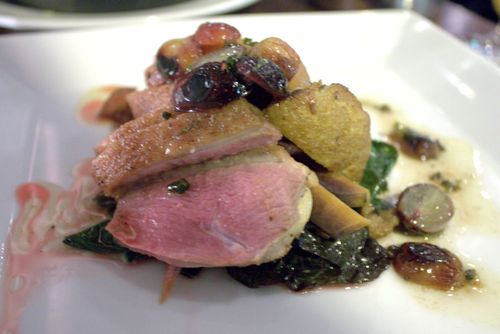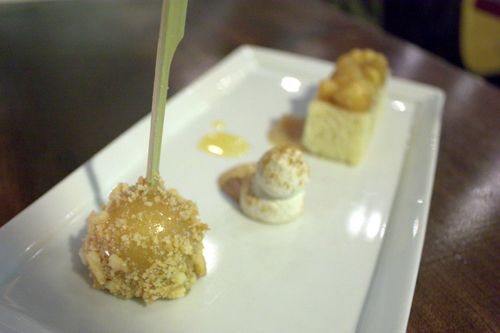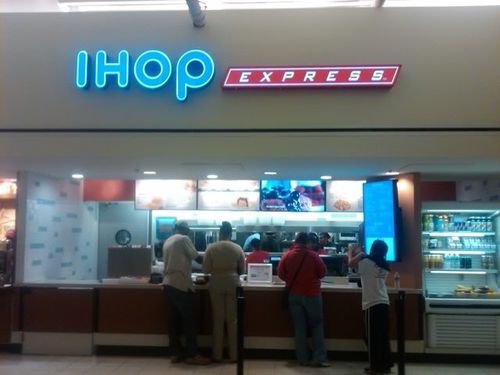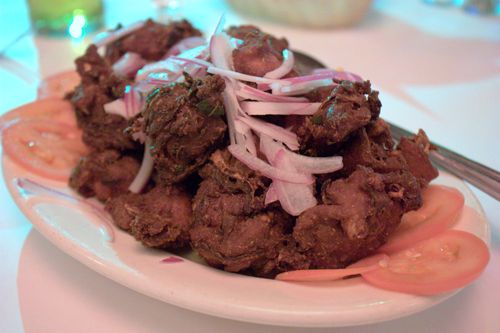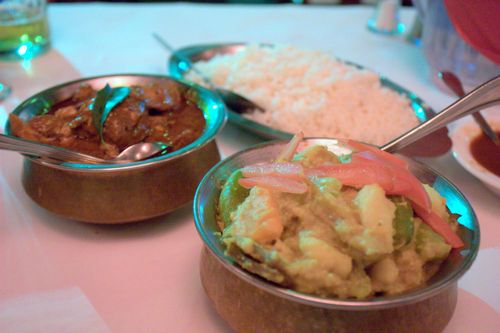The Post-Millennium Chain Restaurants of Middlesex County New Jersey
The demise of Friendly’s, the Massachusetts-based ice cream and burger chain known for something called a Fribble, has been taken hard by many. Some have gone as far as tying our inability to sustain the brand directly to the decline of the middle class.
That’s not a baseless argument, though it might be hard to fathom if you live in New York City (or any major city). It’s unseemly that if you were so inclined, you could eat a different pork belly preparation every night of the week (would you prefer yours served with baby clams and a hit of Albariño, stuffed into a sandwich with crab mayonnaise and green papaya, or topped with rock shrimp tempura and sherry caramel?) while a majority of Americans (51.3%) have not dined out at all in the past 12 months.
Maybe our tastes have also changed, though. Despite the creeping ‘90s nostalgia in other aspects of pop culture, perhaps we’ve outgrown Never Ending Pasta Bowls, Bloomin’ Onions, and other last-century calorie-jammed inventions. Baja Fresh has dabbled in Korean tacos and even Sizzler launched a food truck, death knells for 2008 food trends, but something different for mainstream dining.
But back to Friendly’s for a long minute. Even though I didn’t grow up with the franchise, I have not been fully immune to its promises. When I moved to NYC in the late ‘90s, I semi-accidentally ended up in Ridgewood, Queens, a heavily Polish enclave for those who considered Greenpoint too cosmopolitan (“Manhattan’s a ten-pound shit in a five-pound bag” was how my landlord’s son laid it out for me.) with no job and not really being acquainted with more than a few penpals (yes, of the letter-writing persuasion) and friends-of-friends who lived in Manhattan, as young, self-supported people still did at the time. I did have internet and a television, though.
Life centered around the curry-infused mattress that had been left behind by the previous tenants, an intergenerational family of five. I would pass time doing one of two things: sitting at the end of the naked mattress typing on a Mac IIci propped up on a cardboard box, or lying down watching watch broadcast TV (the optimal way to view Ron Howard’s 1978 battle of the bands flick, Cotton Candy). Both involved sweating profusely, which forced me to admit that living air-conditioner-free for the previous 25 years had nothing to do with fortitude, just that Portland’s climate was as unambitious and homogenous as its natives.
That summer Friendly’s, a restaurant I’d never heard, continuously aired a commercial that opened with a close-up of a sprinter, taut, waiting to charge the gate, and ended with glamour shots of sundaes topped with Reese’s Pieces and crushed Butterfingers. I don’t recall what the athlete had to do with eating candy-swirled ice cream and I’ve never been able to find this ad on YouTube. (I’m also a little bummed that Friendly’s official page introduced a behind-the-scenes series of videos with Andre, executive chef and vice president of research and development, then never followed up with another installment.)
All I knew was that if I could stuff my maw with those perfectly formed mounds of ice cream (nothing local or mom-and-pop would suffice even if it happened to exist nearby, which it didn’t) that my loneliness would subside and new doors would open. If you’re not reaping the benefits of struggling in a hostile environment, and no one knows you at all let alone your uncool desires, what’s the harm in fetishizing a piece of newly discovered suburbia? Chain restaurants never seemed so appealing until I became so far removed from them.
I did eventually make it to the Staten Island Mall, source of the city’s only Friendly’s, after I met a boy with a car who I could coerce into an excursion. I didn’t plan ahead; we arrived right before they started to pull down the grate (who closes at 6pm on a Sunday?). There were as many wheelchairs as children, no athletes, and there was nothing particularly friendly about any of it. My life did not change. I did, however, fill a small void with three scoops of ice cream, caramel, hot fudge, and chopped bits of Heath bar.
So, say goodbye to Friendly’s…and Sbarro, El Torito, Marie Callender’s, all of the musty brands doomed to Wikipedia’s “Defunct restaurants of the United States” page. Now is the time to shed the nostalgia and discover the modern world—classics in the making, if you will—of new chain restaurants thriving just beyond the Outerbridge Crossing, the span of steel and concrete connecting NYC (ok, Staten Island) to Middlesex County, New Jersey. Hyper-specific, sure, but I’ve sampled franchises in Long Island, Northern New Jersey, and Westchester, and those communities still feel too citified. The towns of Middlesex County provide the optimal suburban immersion experience while sticking the closest to NYC (specifically Brooklyn, but maybe you guessed that already).
Crossing a bridge or a tunnel is key. Rent a Zip Car if you need to. (Luckily, 12 years later I still have a guy with a car who will drive me to these chain restaurants.) You really don’t want to be one of those young ironists reveling in the Times Square T.G.I. Friday’s or the Fulton Mall Applebee’s (there is nothing ironic about Dallas BBQ because it’s pure awesome). This is an undertaking that only works in its natural habitat (plus, you’ll feel like a chump paying $11.50 for Olive Garden’s hot artichoke dip in Midtown when the warm dish of goo will only set you back $7.65 in Woodbridge, NJ—never mind that the toll to get back into the city via Staten Island is $12).
And there’s nothing more revitalizing—similar to how I imagine waking up at 6am on a Saturday and going for a run, followed by a carton of Zico coconut water or maybe a weekend indulgence of egg white omelet on a scooped bagel must feel to freaks who enjoy such things—than periodically leaving behind artisanal egg creams and pimento cheese, if only for an afternoon.
I don’t do therapy or spa treatments, and I like to believe it’s not because I’m rigid and close-minded, but because I’ve discovered my own grotesque form of emotional balance. At the very least, I would hope that a few urbanites could take a step back—is a hot dog smothered in spicy ketchup and jalapeño mustard and crushed potato chips eaten in an open lot in Williamsburg really that different than a coney with pepper jack, tomatoes, and jalapeño slices consumed in a car pulled-up at a Sonic?—and allow themselves to enjoy the simple pleasure of spacious booths and the democracy of the plastic beeper because it’s fun, not because it’s funny.

 Follow
Follow

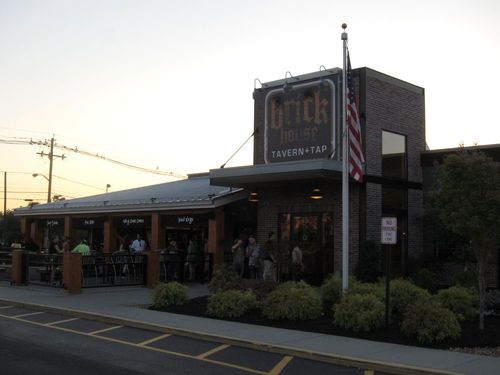
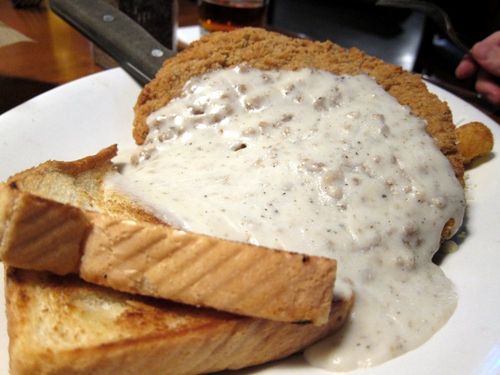
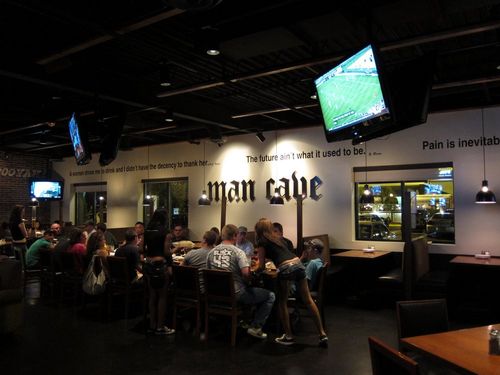
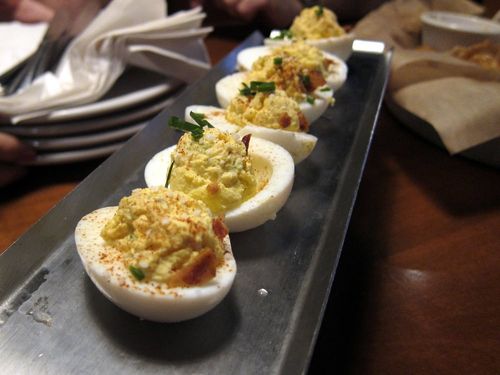

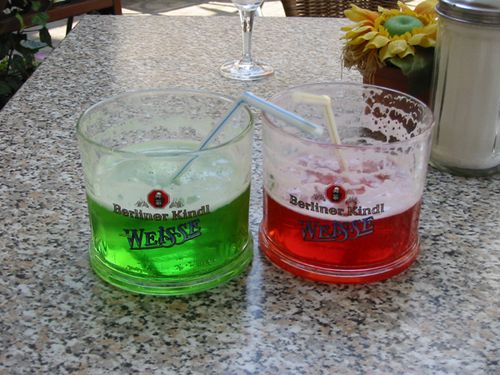
 1/2 As each year passes, a restaurant blog post becomes less and less servicey and more of a fragment of dining history. A majority of what I’ve written here doesn’t reflect NYC’s current scene in any way. I originally started this as a pre-blog dining journal to keep track of what I’d eaten (uh, which is still kind of what this is—the only difference is that now people actually read, or rather look at pictures, about what strangers eat on the internet) and it’s great because even though photos weren’t de rigueur in olden times, I can see the style of cooking that was being employed at Wong’s 2003 predecessor,
1/2 As each year passes, a restaurant blog post becomes less and less servicey and more of a fragment of dining history. A majority of what I’ve written here doesn’t reflect NYC’s current scene in any way. I originally started this as a pre-blog dining journal to keep track of what I’d eaten (uh, which is still kind of what this is—the only difference is that now people actually read, or rather look at pictures, about what strangers eat on the internet) and it’s great because even though photos weren’t de rigueur in olden times, I can see the style of cooking that was being employed at Wong’s 2003 predecessor, 